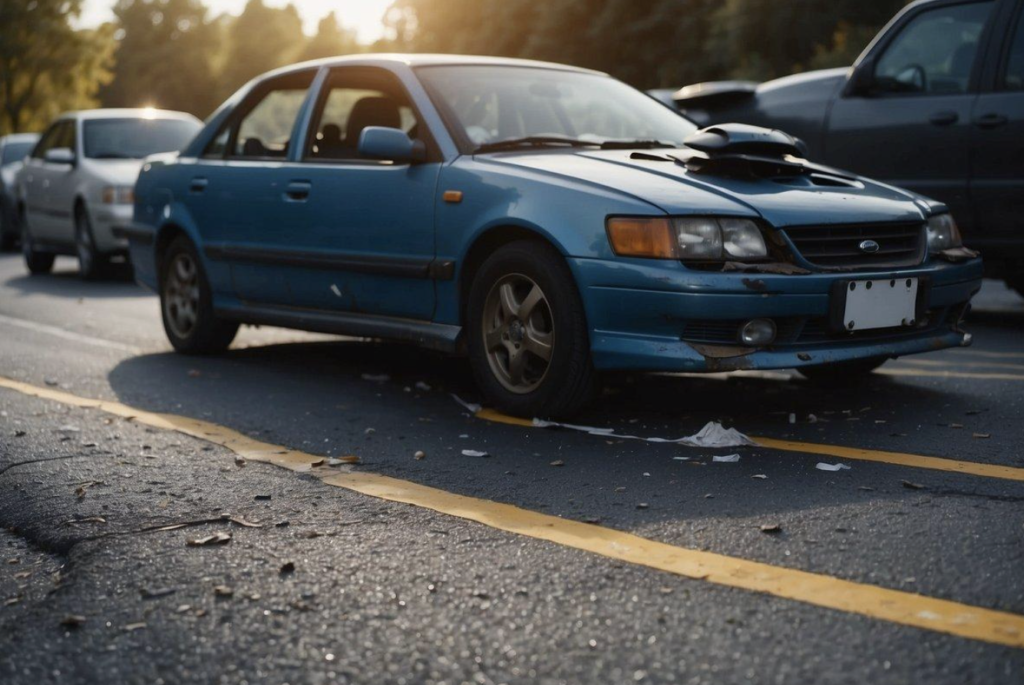Now Reading: New York City Truck Rules Are Different and You Need to Understand Them
-
01
New York City Truck Rules Are Different and You Need to Understand Them

New York City Truck Rules Are Different and You Need to Understand Them
New York City has more than 1,000 miles of designated roadway, making it one of the most complex trucking route systems in the United States. While there are some standard guidelines for truckers across the country, the unique layout and traffic patterns in New York City mean that there are special rules for New York City truckers. If you are planning to drive in the New York area, here are a few truck rules you need to know.
Weight and Height Rules for New York City
The allowed gross vehicle weight of a large commercial vehicle (LCV) in New York City is 80,000 pounds. In addition, the city only allows double 48′ trailers, and triples are prohibited. Vehicles that exceed these weight limits must apply for over-dimensional permits before operating within the city’s limits.
Single unit vehicles may be no more than 35 feet in length from bumper to bumper, while multi-unit vehicles may not exceed 55 feet in length. Trucks may not exceed 13’6″ in height and 8′ in width on New York City roads.
Trucks with 53-foot trailers may only travel on sections of Interstates-95, 695, 295, and 495 that cross the city between the Bronx-Westchester County line and Queens-Nassau County line.
New York Truck Routes
Truckers who wish to traverse the city are required to follow designated routes. The NYC Department of Transportation (DOT) publishes a map of the entire city in all five boroughs and designates rules for trucks on these roads. Drivers are encouraged to keep updated copies of the map and review them regularly to avoid tickets and fines when driving in New York City.
The Cross Over Mirror Requirement
New York City requires any vehicle that qualifies as a commercial vehicle registered in New York State operating within the city to install cross over mirrors on the front of the cab. The height of large trucks means that it can be difficult for truckers to see pedestrians or objects directly in front of their vehicles. This front blind spot has led to a significant number of pedestrian deaths in the city.
Because of the height of large trucks, it can be difficult for truck drivers to see what is happening directly in front of their vehicles. This has contributed to a significant number of pedestrian deaths in New York City. These mirrors are relatively inexpensive to install and will all but eliminate the blind spot and allow the driver to see more of what is directly in front of the truck.
If you are involved in a traffic accident, you will need an experienced truck accident lawyer to fight your case and get you the compensation you deserve. Time is running out to file your claim, don’t delay.
Trucks Are Prohibited on Certain Roadways
Large commercial vehicles, trucks, or tractor-trailers are not allowed on any parkways within New York City and New York State due to low clearance overpasses and narrow lanes. Some parkways have bridges with clearances as low as 6’11”. This rule is to protect both the trucker and other motorists. Penalties for breaking the parkway rules include:
- Fines or points on your driver’s license
- Damage to your truck from low clearance bridges
- Damage to infrastructure
- Injury to yourself or others
- Reimbursement to the City for infrastructure damage
- Towing fees over $10,000
- Employment loss
- Lost wages
Truck drivers that accidentally enter a parkway should exit immediately if there is no bridge between their current position and the next exit. If they cannot exit, they should pull onto the shoulder, turn on their hazard lights, dial 911 and wait for assistance. Using hazard warning materials like flares and cones can also help to avoid an accident.
The Bottom Line
If you have been involved in a truck-related accident, you may be suffering from more than just minor injuries. You may be dealing with the effects of lost wages, debilitating injuries, and Post Traumatic Stress Disorder (PTSD). It is essential to reach out to experts from different fields to help you recover as soon as possible.
Author
With a BA in communications and paralegal experience, Irma C. Dengler decided to combine her skills. In the past, when she was involved in proceedings of her own, she witnessed firsthand the weight of legal language. A convoluted terminology can easily disarm the average American. Therefore, she set off to empower her readers by making the law more accessible to them. Although she has covered all areas of civil and criminal law, insurance-related issues, and her area of specialty are personal injury cases.










